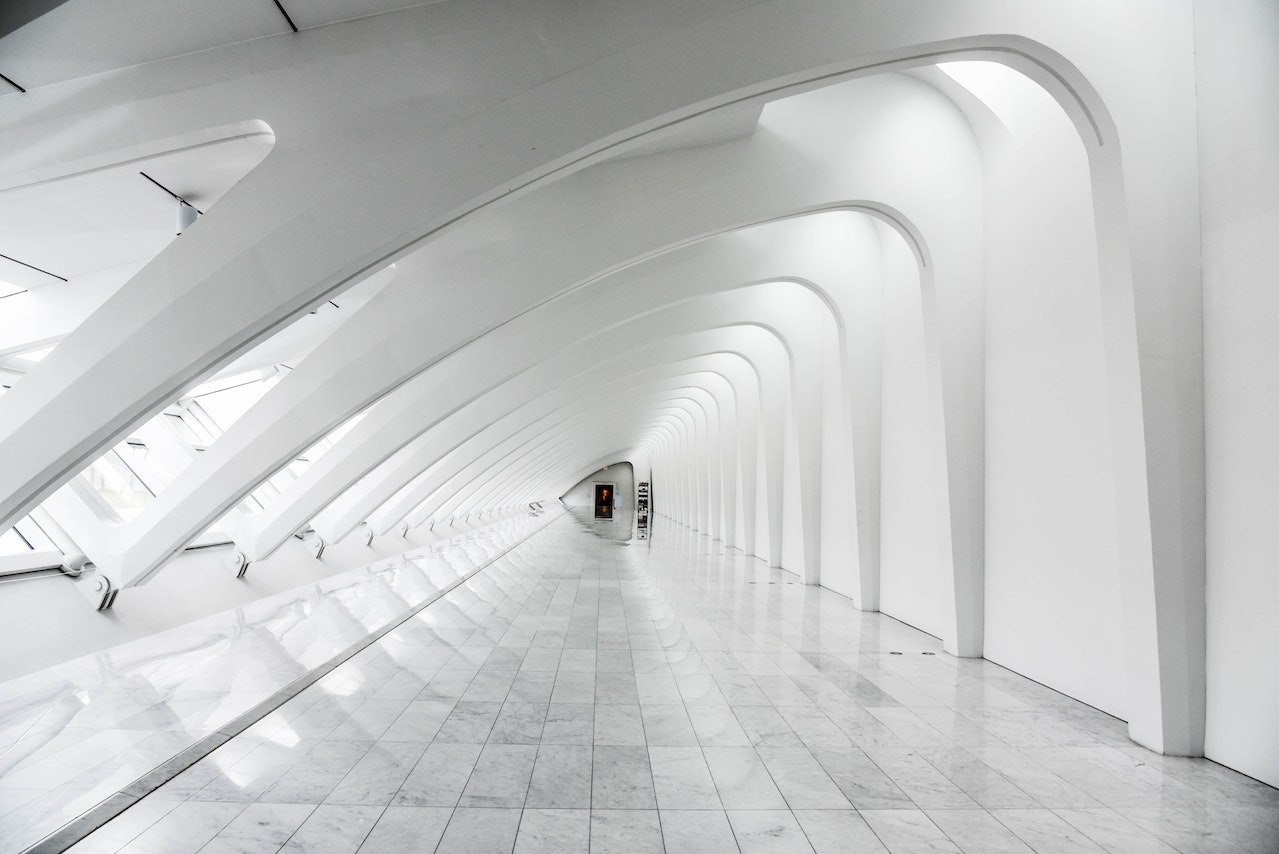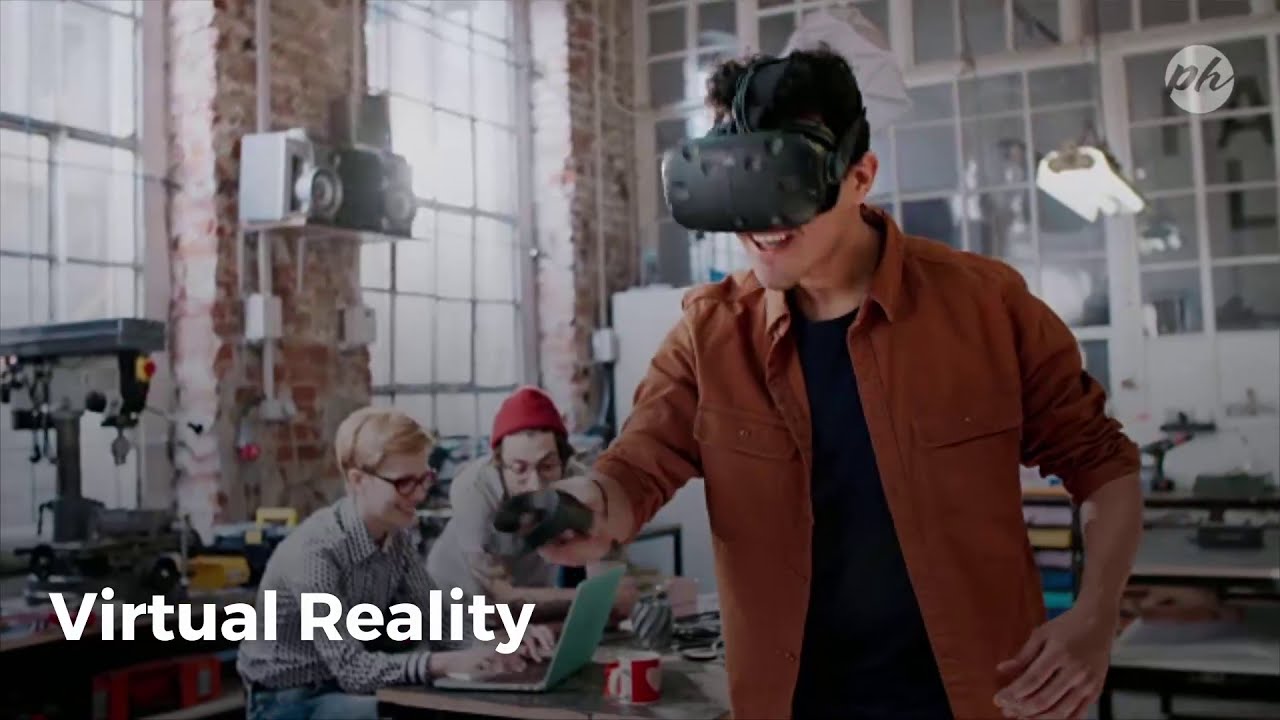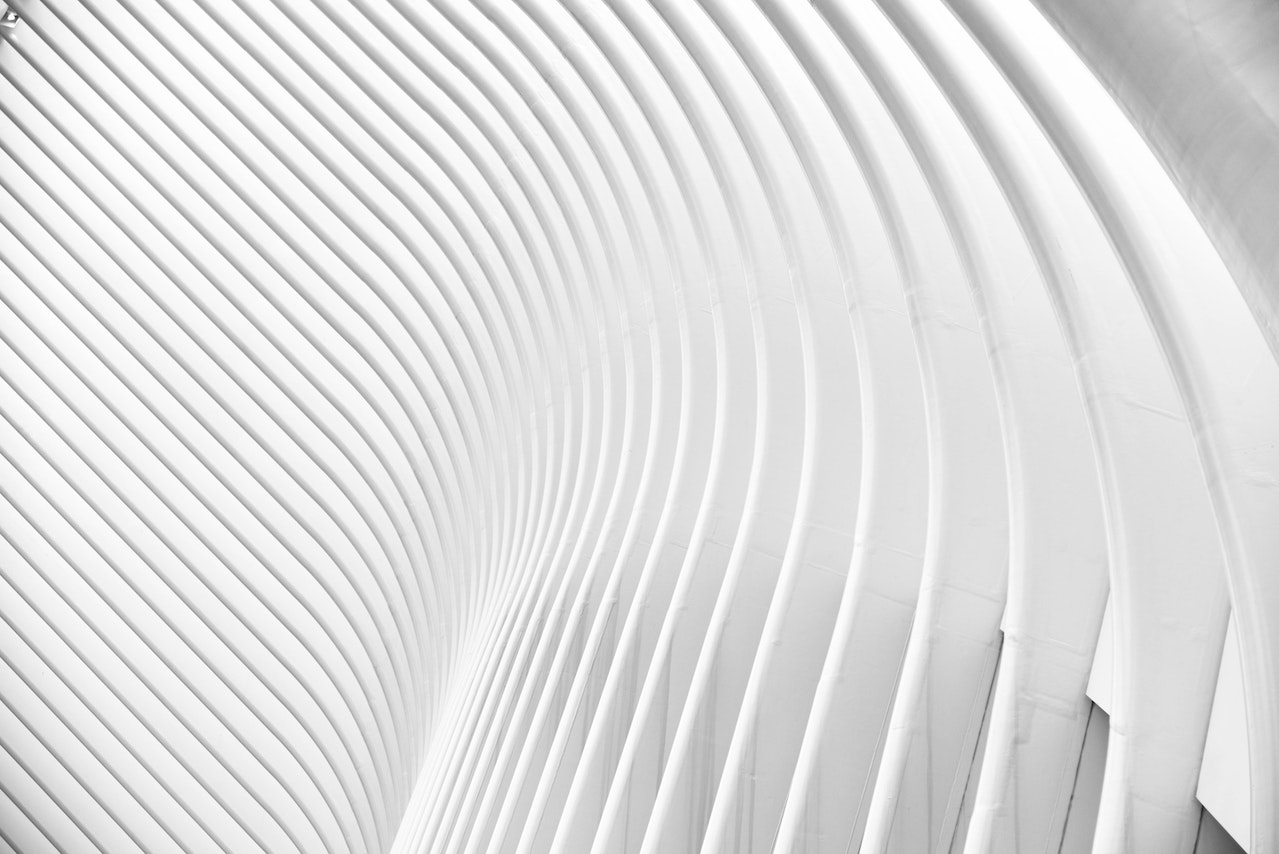The Impact Of Technology On Architecture And Design
The impact of technology on architecture and design has been profound. With advancements in technology, architects and designers have been able to push the boundaries of what was once thought possible and create structures that are truly innovative and awe-inspiring.
Author:George EvansFeb 17, 202323.7K Shares431.4K Views

The impact of technology on architecture and designhas been profound. With advancements in technology, architects and designers have been able to push the boundaries of what was once thought possible and create structures that are truly innovative and awe-inspiring.
The impact of technology on architecture and design has changed the way you think about building design, construction, and maintenance. In this article, we will explore the impact of technology on architecture and design and how it has changed the industry for the better.
The Advancement Of Computer-Aided Design (CAD) Software
One of the most significant impacts of technology on architecture and design has been the development of computer-aided design (CAD) software. CAD software has revolutionized the design process, allowing architects and designers to create detailed and accurate virtual models of their designs. This has greatly increased the speed and efficiency of the design process, as well as allowed for greater collaboration between different design teams.
CAD software also provides architects and designers with a wealth of tools and features that allow them to create complex designs, perform detailed analyses, and even simulate various scenarios. With the help of CAD software, architects and designers can ensure that their designs are structurally sound and meet all building codes and regulations.
The Use Of Building Information Modeling (BIM) In Construction
Another significant impact of technology on architecture and design has been the use of building information modeling (BIM) in construction. BIM is a digital representation of the physical and functional characteristics of a building. It allows architects, engineers, and contractors to collaborate and make informed decisions about a building's design and construction.
With BIM, designers can create detailed and accurate virtual models of a building, including all of its components, such as electrical and plumbing systems. This enables the design team to identify and address potential problems before construction even begins. As a result, BIM has been shown to greatly improve the efficiency and accuracy of the construction process.
The Use Of 3D Printing In Architecture And Design
One of the most exciting developments in the impact of technology on architecture and design has been the use of 3D printing. 3D printing has the potential to revolutionize the way that buildings are constructed, as it allows architects and designers to quickly and easily create physical models of their designs.
3D printing can be used to create prototypes and mock-ups of building components, allowing architects and designers to test and refine their designs before construction begins. This can save significant time and resources, as it eliminates the need for expensive and time-consuming traditional model-building techniques.
The Impact Of Technology On Sustainability In Architecture And Design
Another important impact of technology on architecture and design has been the increased focus on sustainability. With advancements in technology, architects and designers have been able to create buildings that are more energy-efficient and environmentally friendly.
For example, BIM can be used to analyze a building's energy consumption and determine the most effective way to reduce it. This can be achieved through the use of energy-efficient building materials and technologies, such as smart building systems and solar panels.
Moreover, the use of 3D printing in construction can also help to reduce waste and increase sustainability. With 3D printing, architects and designers can create customized and highly accurate building components, reducing the need for mass-produced, standardized components.
The Use Of Virtual And Augmented Reality In Architecture And Design
Virtual and augmented reality technology has greatly impacted the way that architects and designers present and communicate their designs. With virtual and augmented reality, architects and designers can create highly immersive and interactive representations of their designs, allowing clients to experience the building as if it were already constructed.
This greatly improves the design review and approval process, as it provides clients with a much clearer understanding of the design and its potential.
The Importance Of Interoperability In Architecture And Design Technology
The impact of technology on architecture and design has been greatly facilitated by the development of interoperable systems and software. Interoperability refers to the ability of different software and systems to work together seamlessly, allowing architects and designers to share data and collaborate more effectively.
With interoperability, architects and designers can use a variety of different software and systems in their design process, ensuring that their work is both accurate and efficient. Additionally, interoperability makes it possible for different design teams to work together more effectively, improving collaboration and reducing the risk of errors and misunderstandings.
Impact Of Technology On Architecture And Design In Future
While the impact of technology on architecture and design has been significant, it is just the beginning. In the future, you can expect to see even more exciting developments and advancements in technology that will continue to shape and transform the architecture and design industry.
For example, the use of artificial intelligence and machine learning in architectureand design is poised to become increasingly important, as these technologies can help architects and designers make informed decisions about building design and construction. Additionally, the increasing use of robotics and automation in construction is also expected to greatly improve the efficiency and accuracy of the construction process.

Influences of Technology on Architecture & Design
The Importance Of User-Centered Design
Finally, it is important to note the impact of technology on user-centered design. With advancements in technology, architects and designers have been able to create buildings that are not only beautiful and innovative but also highly functional and user-friendly.
For example, the use of building information modeling and virtual and augmented reality technology has allowed architects and designers to create highly interactive and engaging building designs, improving the overall user experience. Additionally, user-centered design has also led to an increased focus on accessibility and universal design, ensuring that buildings are accessible to all individuals, regardless of their abilities.
People Also Ask
What Is The Impact Of Technology On Architecture And Design?
The impact of technology on architecture and design has been significant, allowing architects and designers to work more efficiently, create more immersive and interactive designs, and improve the overall user experience.
How Has Virtual And Augmented Reality Technology Impacted Architecture And Design?
Virtual and augmented reality technology has greatly improved the design review and approval process, as it provides clients with a much clearer understanding of the design and its potential.
What Is The Importance Of User-centered Design In Architecture And Design?
User-centered design is important because it focuses on creating buildings that are not only beautiful and innovative but also highly functional and user-friendly.
Conclusion
In conclusion, the impact of technology on architecture and design has been profound. From the development of CAD software and BIM, to the use of 3D printing and increased focus on sustainability, technology has changed the way you think about building design, construction, and maintenance.
Jump to
The Advancement Of Computer-Aided Design (CAD) Software
The Use Of Building Information Modeling (BIM) In Construction
The Use Of 3D Printing In Architecture And Design
The Impact Of Technology On Sustainability In Architecture And Design
The Use Of Virtual And Augmented Reality In Architecture And Design
The Importance Of Interoperability In Architecture And Design Technology
Impact Of Technology On Architecture And Design In Future
The Importance Of User-Centered Design
People Also Ask
Conclusion

George Evans
Author
George Anderson, an exceptional architectural designer, envisions and brings to life structures that transcend the realm of imagination. With an unwavering passion for design and an innate eye for detail, George seamlessly blends form and function, creating immersive spaces that inspire awe.
Driven by a deep appreciation for the interplay of space, light, and materials, George's innovative approach redefines the possibilities of architectural design. His visionary compositions leave an indelible mark, evoking a sense of wonder and transforming the built environment.
George Anderson's transformative designs and unwavering dedication continue to shape the architectural landscape, pushing the boundaries of what is possible and inspiring generations to come.
Latest Articles
Popular Articles
